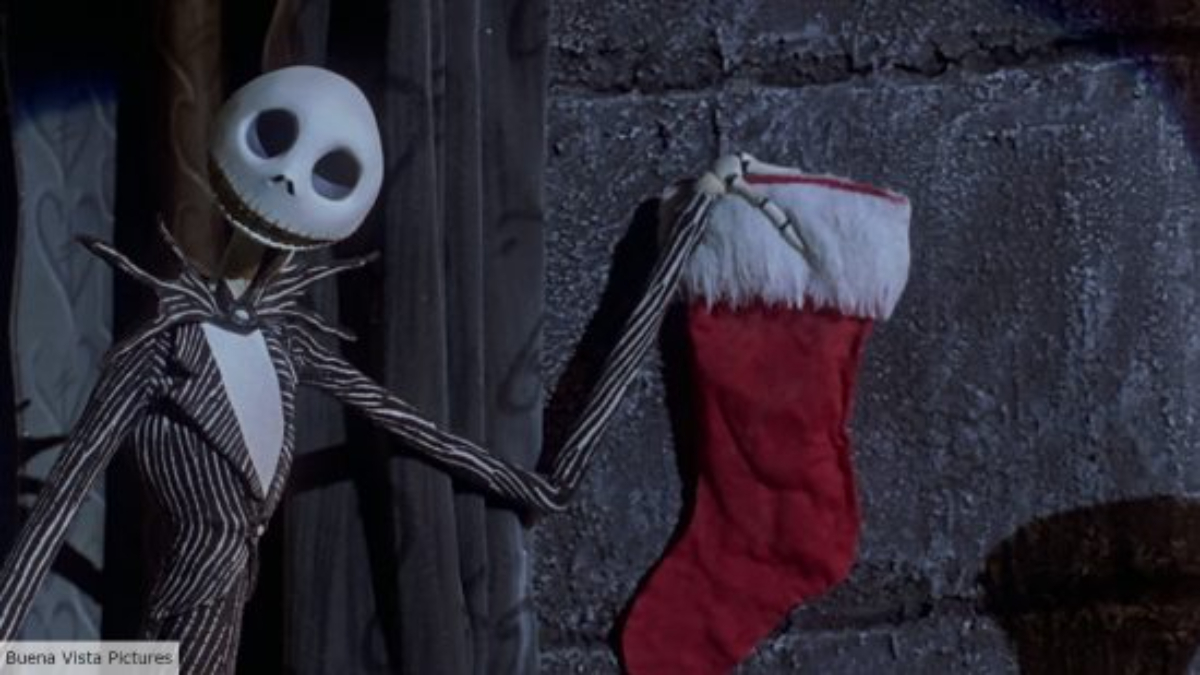
Advertisement
“The Nightmare Before Christmas” occupies a unique space between spooky Halloween vibes and the festive cheer of Christmas. Although there’s ongoing debate about its categorization, this visually stunning stop-motion animated film by the Gothic maestro Tim Burton is undeniably a Christmas classic. While it retains an eerie quality suitable for a Halloween watch, fundamentally, it delves into the essence of Christmas—albeit from a slightly twisted perspective.
The narrative follows Jack Skellington, aptly named for his skeletal appearance, as he endeavors to take over Christmas with his macabre inclinations. Throughout the story, Jack finds himself entangled in a romantic subplot while gradually learning to appreciate the warmth and significance of Christmas.
Beneath its surface, “The Nightmare Before Christmas” serves as a mythic exploration of innocence and the arduous journey it takes to learn from one’s mistakes. Richly imbued with imagination, the film’s mainstream appeal might be limited, but it resonates deeply with its atmospheric and emotional depth. This has secured its status as a cult classic. However, many fervent fans might not be aware of its origin story.
Directed by Henry Selick of “Coraline” fame, “The Nightmare Before Christmas” marked Selick’s directorial debut. Yet, the movie’s genesis stems from a sinister story conceived by Tim Burton. Long before helming Batman movies or live-action Disney films, Burton, an animator at Walt Disney Productions, crafted the initial idea for “The Nightmare Before Christmas” in 1982.
During his time as an animator, Burton was inspired to craft a delightfully dark Christmas-themed poem featuring a skeletal Santa and sleigh, intent on introducing a twisted version of Christmas to the world—quite unconventional.
The poem itself, available online in its entirety, mirrors the storyline of the later movie. It revolves around Jack Skellington, his loyal dog Zero, and their encounter with Santa Claus. Laden with creeping mists and eerie gravestones, the poem brims with Gothic imagery akin to the film, making it a fitting pre-Christmas read for those who appreciate life’s darker facets, much like the movie that it eventually inspired.
The intricate story behind “The Nightmare Before Christmas” involves notable distinctions between the poem and its movie adaptation. While the poem boasts a concise cast of characters, the romantic subplot was a fresh addition specifically crafted for the film.
The most surprising aspect, however, is that Burton, despite writing the inspiring poem, didn’t direct the subsequent movie. He was preoccupied with the superhero film “Batman Returns” and apprehensive about diving into the demanding stop-motion animation process. Despite this, Burton served as a producer and, as the original story’s creator, often receives credit for the film, even though he wasn’t the director.
So, the creation and evolution of “The Nightmare Before Christmas” took an unexpected journey. It emerged as an adaptation of a Tim Burton poem, yet he didn’t direct the film, though his influence remained palpable. Despite this unconventional path, the film endures as a must-watch for Christmas, particularly for those drawn to its sinister allure.
